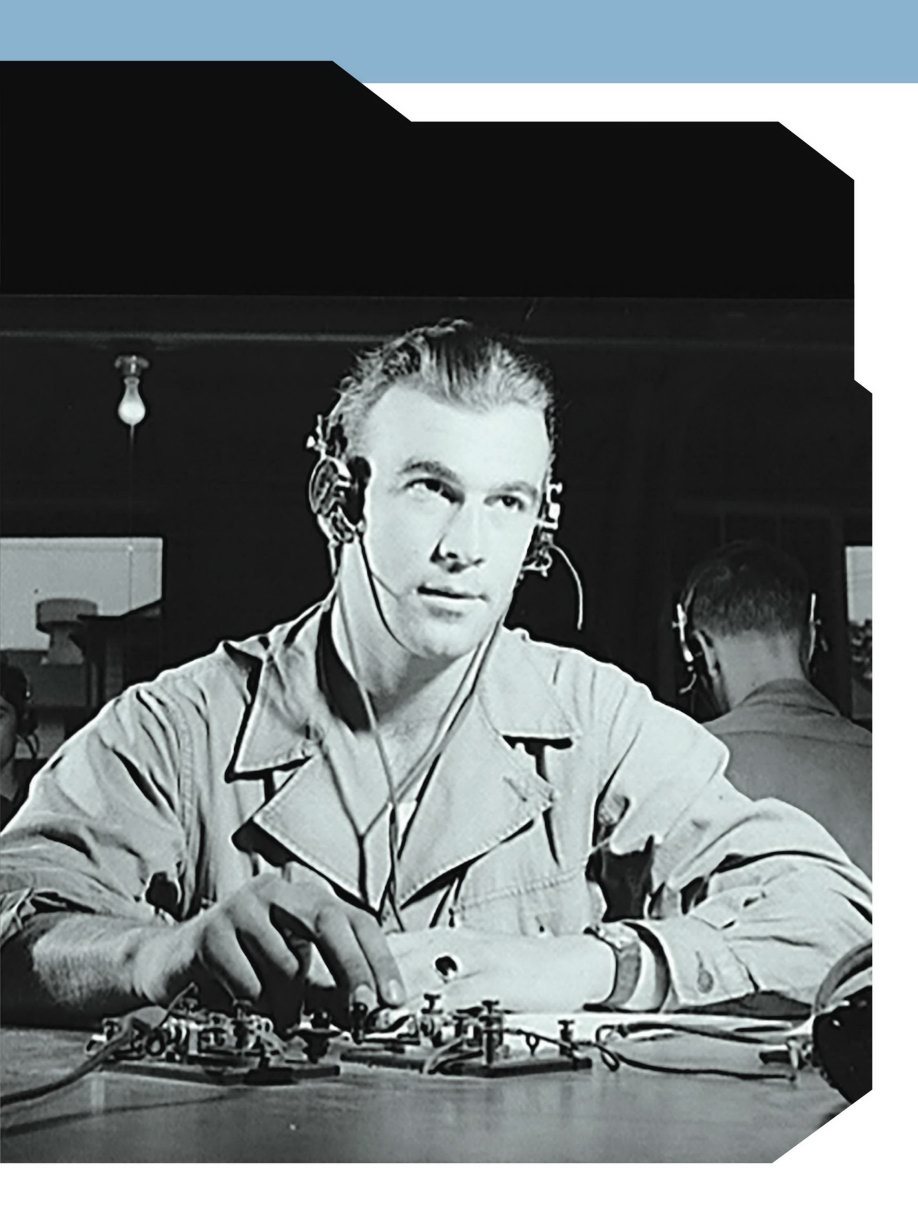Be fore Rea ding: Building Back ground Knowledge and Voca bulary Building back ground knowledge ca n help children proc ess new information and build upon what they already know. Before readi ng a book, it is importa nt to tap into wha t children already know about the topic. T his will help them develop their vocabu lary and increase their readin g comprehension.
Questions and Activities to Build Back groun d Knowledge: L ook at the fron t cover of the b ook and read the title. W hat do you th ink this book will be about?
2. W hat do y ou already know about this topic?
3. T ak e a boo k walk and skim the pages. Look at the tab le of co ntents, photograp hs, captions, and bold words. Did these t ext featu res give you an y inform ation or predictions about what you w ill read in this book?
During R eading: R eading for Meaning and Understanding T o achieve deep co mprehension of a book, children are enc ouraged t o use close reading strate gies. During reading, it is important to have children stop and mak e connections. T hese connections result in deeper analysis and understanding of a book.
Close R eading a T ex t D uring reading, have childr en stop and t alk about the follo wing: A ny conf using parts Any u nknown words Tex t to tex t, text to se lf, tex t to wor ld connections T he main idea in each chapter or heading
Encourage chi ldren to use c ontext c lues to determine the meaning of any unkn own wor ds. These strategies will help childr en learn to analyze the t ext more thoroughly as th ey rea d.
When yo u are fi nished reading this book, turn to t he next- to-last page for T ext-Dependent Questions and an Extension Activity .
V ocabulary Wor ds:
Voca bulary: Voca bulary Is Ke y to Read ing Comprehension U se the follo wing directions t o prompt a conversatio n about each word.
Read the vo cabulary words.
W hat comes to mind w hen you see each wo rd? W hat do y ou think each word me ans?
e conomy n etworks p atent oce p roduction pulses
r eceiver s atellite s witchboard t elegraphs t ransmitted
ROURKES
SCHOOL to HOME
C ONNECTIONS
BEFORE AND DURING READING A CTIVITIES
C
OMMU NICA T ION
BEFORE THE PHONE
H
o
w would you talk to a friend in another
neighborhood if you d idn t have a te lephone
or computer ? Before either of these
things was inv ented, getting a
message to someone was
hard If the message had
to trave l long distances,
it could take w eeks or
months depending on how
far away someone lived
Some messages could be sent over short distances using ags, re, or lights as codes The smok e signal is one of the oldest forms of long-distance communication
MAIL B Y PONY
The Pony Express was a mail service that started operations in 1860. It used a system of horses and riders to deliver messages, newspapers, and mail. The route ran about 2,000 miles (3,219 kilometers) from Missouri to California. Sending mail through the full route took about ten days.
A break through in long-distance communication came with the inv ention of Morse code It was a system of dots and dashes that was often used with electric telegraphs This technology transmitted coded messages through wires as electrical pulses that made beeping noises on the receiving end
THE FIRST TELEGRAPH MES SAGE
Samuel Morse sent the rst ofcially recognized telegraph message on May 24, 1 844. It went across a wire that stretched 40 miles (about 64 kilometers) from W ashington, D .C. to Baltimore, Maryland. The message said, What hath God wrought? It took just a few seconds to transmit.
Dot, a brief pulse
Dash, a long pulse

TELE
GRAPH TO
TELEPHONE
T
hink about what it w
ould be like to wait hours
or even da ys to ge t a response to a message
The telegraph chang ed that for indiv iduals,
businesses, newspapers, and the military
Communication between countries expanded
when a telegraph wire was laid across the
Atlantic Ocean to Europe
Messages ne eding a quick reply could be sent and received in a s hort amount of time, often seconds or minutes T e legraphs could also be used to direct the transfer of money from one account to another At rst, only one message could be sent on the wire at a time Later , an inv ention allowed four connections on a single line, so four message s could be sent at once
The rst telegraph cable across the At lantic Ocean was laid in 1865. The map shows the long-distance cables that came later .

The te legraph soon gav e way to t he inv ention of the telephone T e lephones turn your voice into an ele ctrical signal that can trav el throug h wires to a receiver , where a listener can hear it
No one is sure who inv ented the rst telephone because many in ventor s were trying at once Alex ander Graham Bell and Elisha Gray were two such in vento rs In 1876, they raced to be the rst to register a telephone de vice with the patent oce in Was hington, D C Bell beat Gray by just a few hours
Elisha Gray s telephone design used water to carry signals .
RE WRITE; V oice sounds were transmitted for the rst time on June 3, 1875 over this instrument inv ented by Alexander Graham Be ll (left)and Thomas W atson. The diaphragm was made of tightly stretched animal membrane, and powered with batteries it transmitted sounds over a telegraph wire. It is called the Gallo ws Phone because of its resemblance to a gallows.






























